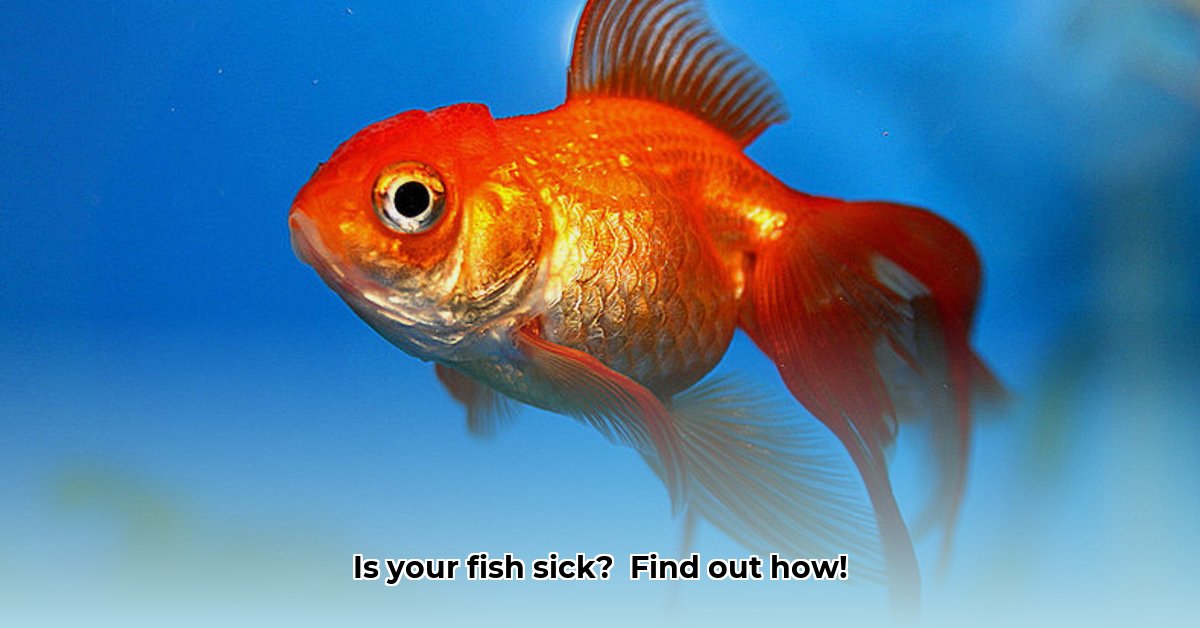Worried your fish is sick? Bacterial infections can be tough on aquarium fish, but this guide will walk you through using Cephalexin, a common antibiotic, safely and effectively. We’ll cover everything from figuring out the right dose to ensuring your fish gets better, including tips for preventing problems in the first place. We’ll also explain why it’s so important to use antibiotics responsibly, to keep your fish healthy and protect against antibiotic-resistant bacteria. Consider this your comprehensive guide to helping your finned friends fight off infection and thrive.
Understanding Fish Cephalexin: Aquarium Use, Benefits and Safety
Let’s delve into fish cephalexin – a beneficial antibiotic that demands careful handling. Picture it as a potent remedy for your aquatic companions; when administered correctly, it can be a true lifesaver, but misuse can create more issues than it resolves. This guide will navigate you through all the essential information for employing it safely and effectively in managing aquatic health. Understanding the nuances ensures the best possible outcome for your fish.
The Basics for Aquarium Owners
Fish cephalexin, often marketed under brand names like Fish Flex or Keflex, is a specialized antibiotic designed to treat bacterial infections in fish. It serves as a valuable asset for fish keepers, but using it responsibly is paramount. Why? Because the overuse of antibiotics can lead to antibiotic resistance, which means the medication may become ineffective when you truly need it. Think of it as nurturing a “superbug”—bacteria that are impervious to the antibiotic. Our goal is to prevent this outcome at all costs. It’s worth noting that responsible antibiotic use in aquariums not only safeguards your fish but also contributes to preventing the spread of resistant bacteria to other aquatic environments. Always prioritize mindful usage.
Spotting Trouble: Identifying Bacterial Infections
Before reaching for fish cephalexin, confirm that your fish has a bacterial infection. Many illnesses in fish mimic bacterial symptoms, so proper diagnosis is crucial. Conditions might stem from fungi or parasites, rendering antibiotic treatment unhelpful or harmful.
Common bacterial infection signs include fin rot (ragged or damaged fins), cloudy eyes (“Popeye”), and open sores or ulcers. But these aren’t definitive. If unsure, consult an aquatic animal vet. They accurately diagnose the issue and recommend appropriate treatment. Don’t guess! Consulting a fish vet ensures accurate diagnosis, saving time and preventing aquatic pet harm.
Administering Fish Cephalexin: A Step-by-Step Guide
Once you know your fish has a bacterial infection and your vet says cephalexin is okay, proper administration is the next step. Incorrect administration can harm your fish. Dosage is key; it changes depending on the fish’s weight and species. Most products state dose info, usually based on weight.
Here’s a general guide, but always refer to your product’s instructions:
- Calculate the Dose: Use the product package or vet’s instructions to calculate the correct dose for the fish’s size and species. Double-check to avoid errors.
- Prepare the Medication: Dissolve cephalexin in aquarium water per the instructions. Some products need a bit of aquarium water to dissolve the medication before adding it to the main tank.
- Introduce Medicine to the Tank: Gently add the dissolved cephalexin to the fish tank, ensuring even distribution. Avoid direct medication contact with the fish.
- Regularly observe changes: Watch your fish for improvement or adverse reactions. Note behavior, appetite, or appearance changes.
- Complete the Full Course: Finish the entire treatment course, even if the fish seems better. Stopping early can lead to incomplete treatment and recurring infections.
Dosage Guidelines: Cephalexin Example Table
Remember, the following is just an example. Never rely on this table alone; always refer to the specific instructions on your fish cephalexin packaging for accurate dosage. Contact your vet for tailored advice.
| Fish Weight (grams) | Dosage (mg) | Frequency | Duration (days) |
|---|---|---|---|
| 50-100 | 25 | Once Daily | 7 |
| 100-200 | 50 | Once Daily | 7-10 |
| 200-300 | 75 | Once Daily | 10-14 |
| 300-400 | 100 | Once Daily | 10-14 |
Potential Risks and Side Effects: What to Watch Out For
While generally safe when used properly, fish cephalexin, like any medication, can have side effects. These might include loss of appetite, lethargy, or changes in their waste. In rare cases, more serious reactions can occur. If you notice anything concerning – like extreme lethargy, refusing to eat, or signs of unusual distress – stop treatment immediately and consult your fish vet. Early intervention is key. Also, prevent illness by maintaining good water quality and a stress-free environment. Proper aquarium maintenance alone can drastically reduce the need for antibiotics.
It’s critical to recognize the signs of an adverse reaction, which could include:
- Erratic swimming
- Rapid gill movement
- Increased hiding
- Loss of color
Responsible Antibiotic Use: Protecting Your Fish and the Environment
Using cephalexin responsibly is paramount. Overuse contributes to antibiotic resistance, making it harder to fight infections in the future, both for your fish and for other aquatic life. Use it only when necessary, and always follow the prescribed dosage and duration. Proper disposal of unused medication is also vital for environmental protection—never flush it down the toilet or pour it down the drain; check your local guidelines for correct disposal methods. Consider exploring alternative strategies to improve water quality or reduce stress before resorting to antibiotics. For example, ensure proper filtration, regular water changes, and a balanced diet to bolster your fish’s natural defenses.
Frequently Asked Questions (FAQs) About Fish Cephalexin
- Q: Can I use human cephalexin on my fish?
- A: Absolutely not. Human formulations are not suitable for fish; the concentration and inactive ingredients can be toxic.
- Q: What if my fish doesn’t get better after using fish cephalexin?
- A: Contact your vet immediately. The infection might be something other than bacterial, or the antibiotic might not be the correct solution. The underlying cause might need further investigation.
- Q: How should I dispose of any leftover fish cephalexin?
- A: Always adhere to your local regulations for medication disposal. Never pour it down the drain or flush it; this can contaminate water sources. Check with your local pharmacy or waste management services for guidance on safe disposal practices.
- Q: How can I support my fish’s immune system naturally?
- A: Providing a varied and nutritious diet, maintaining stable water parameters, and minimizing stress through proper tank setup and compatible tankmates can all contribute to a stronger immune system.
Remember, the health of your aquatic companions is in your hands. By learning about fish cephalexin and using it responsibly, you can effectively treat bacterial infections while protecting the well-being of your fish and the environment. Always seek professional veterinary advice if you are unsure about anything.
How to Safely Dose Cephalexin for Different Aquarium Fish Species: A Veterinarian’s Guide
Key Takeaways:
- Cephalexin is effective against many common bacterial fish infections.
- Accurate diagnosis is crucial before starting treatment.
- Dosage depends on the fish’s weight and species. Improper dosing is risky.
- Always use a fish-specific cephalexin formulation. Human or pet medications are unsafe.
- Complete the entire course of treatment. Stopping early can lead to treatment failure and antibiotic resistance.
- Monitor your fish closely for side effects.
- Maintain good water quality throughout treatment. Regular water changes and monitoring of ammonia, nitrite, and nitrate levels are essential.
Understanding Cephalexin: Benefits for Aquarium Fish Species
Cephalexin is a broad-spectrum antibiotic, working against a wide variety of bacteria. It’s a versatile tool in your fish health arsenal, targeting Gram-positive bacteria – common culprits in fin rot, ulcers, and cloudy eye. Some Gram-negative bacteria are also susceptible.
However, cephalexin isn’t a cure-all. It won’t address all fish ailments. Accurate diagnosis is paramount. Using cephalexin without a proper diagnosis could mask the actual problem, delaying effective treatment and potentially harming your fish. Consider consulting with an expert in fish diseases before beginning treatment.
How to Safely Dose Cephalexin for Different Aquarium Fish Species: A Step-by-Step Guide for Fish Owners
Before starting treatment, consult a veterinarian specializing in aquatic animals. They can confirm the diagnosis and advise on the appropriate dosage and treatment plan. This is crucial for your fish’s safety. Never guess.
-
Accurate Diagnosis: Observe your fish carefully. Note any unusual behavior, lesions, or changes in appearance. Photograph the affected areas. This helps your vet make an accurate diagnosis. Consider using a magnifying glass to examine the fish more closely for subtle signs of infection.
-
Fish Weight: Weigh your fish accurately. A gram scale designed for small animals works well. This is crucial for calculating the correct dosage. Gently netting the fish and placing it in a water-filled container on the scale can minimize stress during weighing.
3.
- Gluten Free Meal Prep Ideas for Delicious, Hassle-Free Eating - November 28, 2025
- Gluten Free Meal Prep for Stress-Free and Healthy Eating - November 27, 2025
- Quick And Easy Chicken Thigh Meal Prep For Weight Loss - November 26, 2025










